This article was medically reviewed by Janice Litza, MD. Dr. Litza is a board certified Family Medicine Physician in Wisconsin. She is a practicing Physician and taught as a Clinical Professor for 13 years, after receiving her MD from the University of Wisconsin-Madison School of Medicine and Public Health in 1998.
There are 7 references cited in this article, which can be found at the bottom of the page.
This article has been viewed 24,338 times.
Dupuytren's Contracture is a condition in which the tissue right under the skin on the palm of the hand hardens and tightens. This malformation forces the fingers to curl up and restricts them from being able to straighten out. In order to diagnose this condition, you will need to be able to identify your risk factors and any symptoms you are experiencing. After assessing your risks and symptoms, you will then need to get a medical diagnosis. Getting a diagnosis is important because it will allow you to better understand what is happening to you and to begin the process of finding a proper treatment.[1]
Steps
Identifying Dupuytren's Contracture
-
1Look for changes on the skin of your palms. The first sign of Dupuytren's contracture is a change to the skin on your palms. It will cause lumps and pits to develop on the surface of the hand. These lumps and pits are tough areas and they usually form very gradually.[2]
- This condition commonly affects both hands but may be more severe in one or the other.
-
2Assess the function of your fingers. As the condition progresses it will impact your ability to straighten out your fingers. If your ring and pinkie finger are curling up and it is difficult to straighten them out completely, you may have Dupuytren's contracture.[3]
- You may also be able to feel thick cords developing under the skin between the palm and one or two of your fingers. These cords are what is causing the loss of finger function.
Advertisement -
3Identify any risk factors you may have. Dupuytren's contracture does occur more often in men of Northern European descent who are over the age of 40. Additionally, it often runs in families, so if you have relatives with the condition you are more likely to get it.[4]
- There are also other risk factors, such as smoking and diabetes. If you are a smoker or if you have diabetes you have a higher chance of getting this condition.
- Knowing your risk factors for this condition can help you to assess whether it is likely that you have it. For example, if you have none of the risk factors for Dupuytren's contracture then any symptoms that you have may be caused by a different condition.
Getting a Medical Diagnosis
-
1Prepare for your appointment. Before you see your doctor you should know what they will ask you, so that you can be prepared to answer. First, you should be able to tell your doctor about all of your symptoms and the risk factors you have for Dupuytren's contracture. You should also try and remember when your symptoms started and if they have changed over time.[5]
- When making the appointment to see your doctor tell the receptionist about your symptoms. This will allow the doctor to do a little research about conditions that might be causing your symptoms before meeting with you.
-
2Allow your doctor to inspect and test your hand. In most cases, a doctor can diagnose Dupuytren's contracture just by looking at and feeling the hands. They will look at the surface of the palms and feel around deep into the palms.[6]
- When inspecting the hands, the doctor will be feeling for the thick cords inside the hands that are causing the fingers to curl and tighten.
-
3Do a tabletop test. Your doctor may have you do a tabletop test to assess the extent of your Dupuytren's contracture. With this test you will simply place your palms against the top of a table to see how flat you can get your fingers.[7]
- During the tabletop test, if the joint closest to your palm is curved more than 40 degrees or the joints further down the fingers are curved more than 20 degrees, then the condition is considered advanced. With fingers this curled, your doctor will likely suggest surgery.[8]
Treating Dupuytren's Contracture
-
1Assess how the condition is progressing. In cases of Dupuytren's contracture that are not progressing very quickly and do not inhibit movement or function, it is likely that your doctor will suggest simply keeping an eye on your symptoms. Until the symptoms get bad enough to impact your life, treatment is usually held off.[9]
- There is no non-invasive treatment for Dupuytren's contracture. This means that all treatments involve injections or surgery in the palms.
-
2Try steroid injections. If your condition is early in its progression then you can try steroid injections. They are strong anti-inflammatory medications, so they can help break up nodules early in their development.[10]
- Steroid injections are more helpful in the early stages of this disease because they cannot break down more thickened tissue and they will not straighten out fingers once they have curled up.
- Steroid injections will need to be done repeatedly. They are usually done monthly but with a break of several months after three to six treatments.[11]
-
3Get enzyme injections. If the condition is impacting the function of your hands, then you can try enzyme injections. These injections are designed to improve the function of your fingers, allowing you to straighten them more.[12]
- Enzyme injections are more helpful for those that have advanced Dupuytren's contracture, as they work to release the tension that is curling the fingers in.
- As with all treatments for Dupuytren's contracture, this treatment may not result in full functionality. Also, there is a risk that the symptoms could return even if they are minimized by the treatment initially.
-
4Discuss the option of surgery with your doctor. If your condition is advanced and injections are not helping to minimize it, then your doctor may suggest surgery, and you will be referred to an orthopedic hand specialist if you haven't been already. The surgeries used for this condition include open surgery to remove portions of the thickened bands and needle aponeurotomy, which uses needles poked into the palm to break up the tightened tissue.[13]
- Needle aponeurotomy can be done in a doctor's office, while open surgery needs to be done in a surgical room. Also, open surgery requires more time to recover.
- Before surgery, the surgeon should discuss realistic goals and possible risks of the procedure. These include the fact that Dupuytren's contracture cannot be eliminated completely and even if symptoms are minimized, they may return over time. Additionally, there are risks associated with any surgery, including infection at the incision site and a bad reaction to medications that are given.
-
5Use stretching in combination with other treatments. When getting other treatments, your doctor may suggest specific stretches to do to increase their effectiveness. While stretching on its own may not do much to increase the flexibility to fingers affected by Dupuytren's contracture, it can be useful when used in combination.[14]
- Be sure to discuss with your doctor what stretches you should do and when to do them after treatment. While stretches can be done relatively quickly after injection treatments, you should wait until your doctor says it's okay to do stretches after surgery.
- If your doctor suggests physical therapy after treatment, stretching will be a key part of that therapy.
References
- ↑ http://www.aafp.org/afp/2007/0701/p86.html
- ↑ http://www.assh.org/handcare/hand-arm-conditions/dupuytrens-contracture
- ↑ http://www.assh.org/handcare/hand-arm-conditions/dupuytrens-contracture
- ↑ http://www.aafp.org/afp/2007/0701/p86.html
- ↑ http://www.mayoclinic.org/diseases-conditions/dupuytrens-contracture/basics/preparing-for-your-appointment/con-20024378
- ↑ http://www.mayoclinic.org/diseases-conditions/dupuytrens-contracture/basics/tests-diagnosis/con-20024378
- ↑ http://www.assh.org/handcare/hand-arm-conditions/dupuytrens-contracture
- ↑ http://www.aafp.org/afp/2007/0701/p86.html
- ↑ http://www.mayoclinic.org/diseases-conditions/dupuytrens-contracture/basics/treatment/con-20024378
- ↑ https://www.hopkinsmedicine.org/health/conditions-and-diseases/dupuytrens-contracture
- ↑ http://www.aafp.org/afp/2007/0701/p86.html
- ↑ http://www.assh.org/handcare/hand-arm-conditions/dupuytrens-contracture
- ↑ https://orthoinfo.aaos.org/en/diseases--conditions/dupuytrens-disease/
- ↑ https://orthoinfo.aaos.org/en/diseases--conditions/dupuytrens-disease/
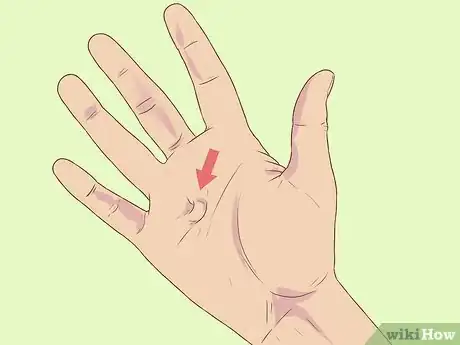
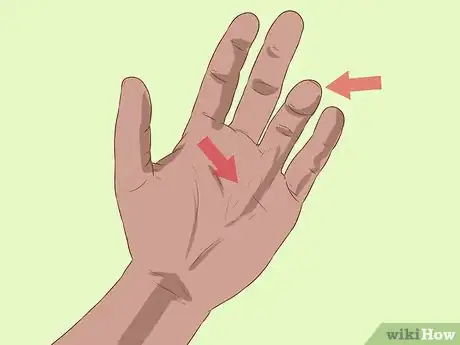

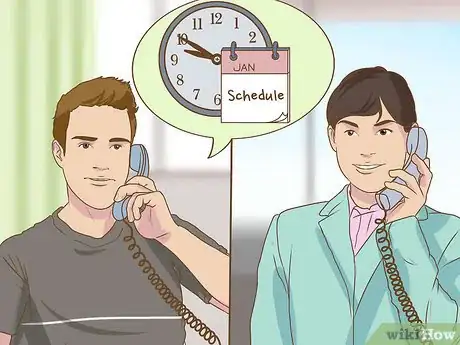

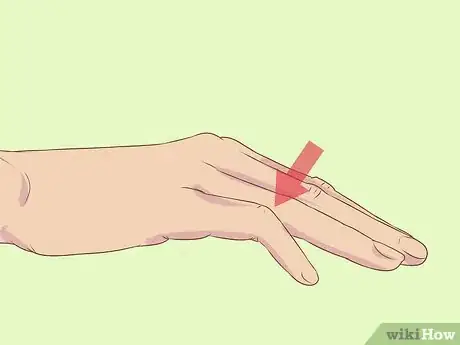

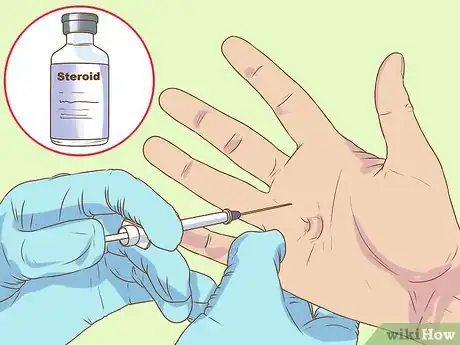
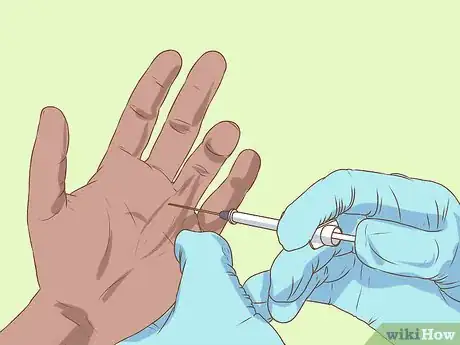
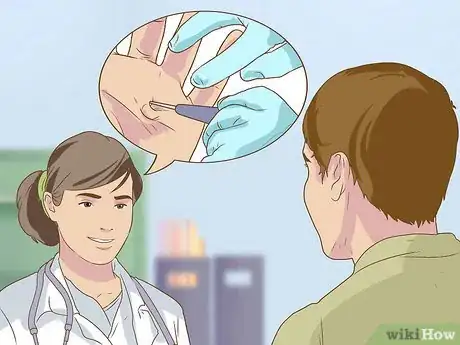
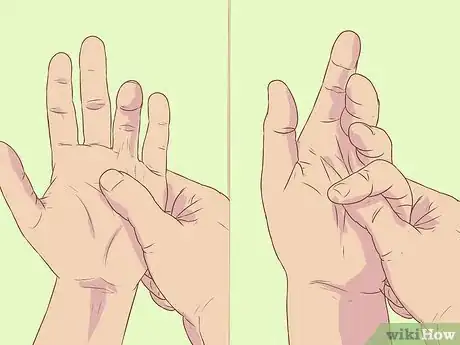

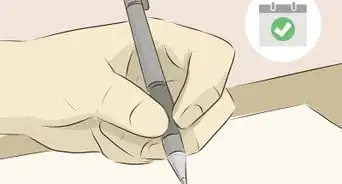
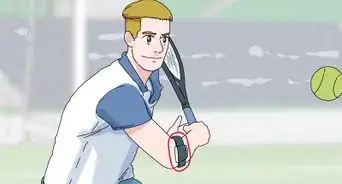
-Step-15-Version-3.webp)

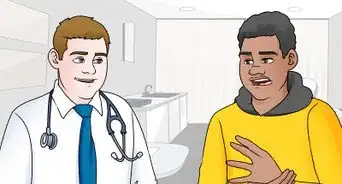


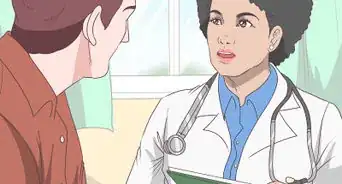




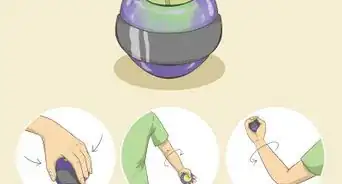








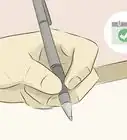

-Step-15-Version-3.webp)



































Medical Disclaimer
The content of this article is not intended to be a substitute for professional medical advice, examination, diagnosis, or treatment. You should always contact your doctor or other qualified healthcare professional before starting, changing, or stopping any kind of health treatment.
Read More...